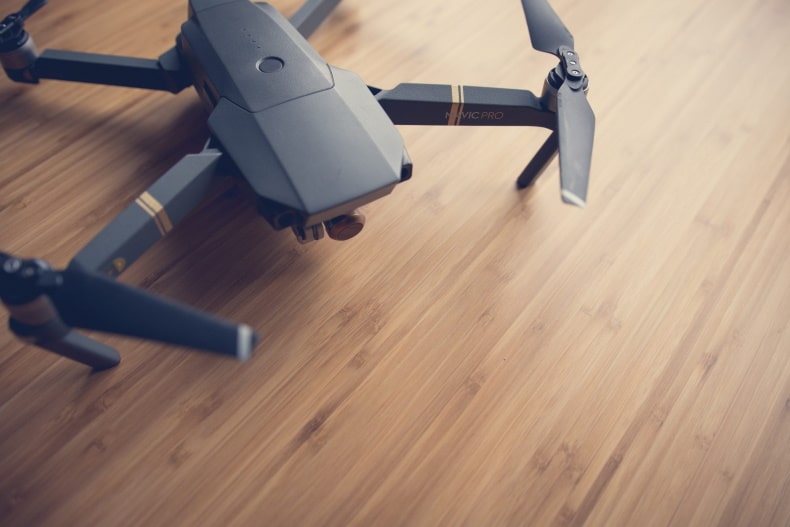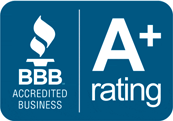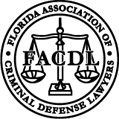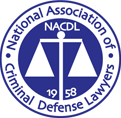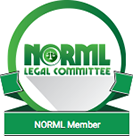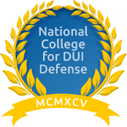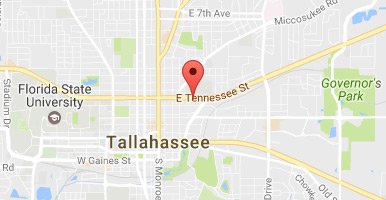- DUI
- Criminal Defense
- Florida DUI
- Traffic Offenses
- Drug Charges
- Marijuana Charges
- Violent Crimes
- Domestic Violence
- Temporary Injunctions
- Weapons Charges
- Theft Crimes
- White Collar Crime
- Juvenile Offenses
- Sex Crimes
- Violation of Probation
- Early Termination of Probation
- Seal or Expunge Criminal Record
- Criminal Appeals
- US Federal Offenses
- Misdemeanor Charges
- Felony Charges
- Co-Defendant Cases
- College Student Defense
- College Student Hearings
- FSU Students
- FAMU Students
- Florida Panhandle Arrests
- Extradition to Florida
- Bench Warrants / Warrants
- Emergency Bond Hearings
- Gambling Charges
- Drone Arrests
- Marsy’s Law
- UAS Infractions
- Introduction of Contraband
- Lying to Police
- Locations
- Case Results
- Our Firm
- Media
- Resources
- Blog
- Contact Us
Using a Drone to Make Money
October 30, 2017 Don Pumphrey, Jr. Drone Law Drone law Social Share
Using a Drone for Commercial Purposes
Drones, or Small Unmanned Aerial Systems (sUAS) are able to take photographs and high definition video. Some are able to be outfitted with sensors and radar that can reconstruct a scene below for simulation or testing purposes. The current uses for sUASs are just the tip of the iceberg, and more innovative and profitable tasks are developed every day. If you’re new to sUAS ownership, check out our new owner guide here. Once you are ready to start using a drone for more than a hobby, the FAA adds a whole new set of rules and guidelines that must be followed.
If you’re going to fly your drone, and it doesn’t qualify as a hobby flight – outlined here – the FAA is allowed to regulate that flight, and FAA rules do not traditionally allow that. That’s why Part 107 was passed, to allow pilots to use sUASs for purposes like these. Part 107 must be complied with no matter the compensation, flying could be your job, you could be planning to monetize videos on YouTube, or you could be taking photos in exchange for a sandwich. Just like a hobby flight, you still have to be flying a sUAS, the “small” part is important. The separate set of rules – found here – must be followed for UASs over 55 pounds no matter the purpose of the flight. Just like the 55 pound rule, there is another blanket rule that ejects an individual into a separate set of guidelines, if you are flying for a governmental purpose, whether p Once you have an sUAS to fly, and you’ve met all the guidelines for hobby flights found here, you’re ready to dive into Part 107 compliance!
First, the FAA registration requirement is definitely mandatory, if you decided not to register while flying as a hobbyist, definitely do so before receiving any compensation. Second, the Pilot in Charge (PIC) must have a Remote Pilot Certification from the FAA. Once you have the Remote Pilot Certification, the rules are very similar to hobby flights:
FAA Drone Rules
- Restricted to Class G airspace
- Must keep the aircraft in sight (visual line-of-sight)
- Aids, other than corrective lenses – such as binoculars – are only allowed momentarily
- Must fly under 400 feet
- BUT, up to 400 above any building, as long as you are 400 feet or less from it laterally
- Must fly during the day
- Cannot fly more than 30 minutes after sunset or before sunrise
- Must fly at or below 100 mph
- Must yield right of way to manned aircraft
- Must NOT fly over people
- Must NOT fly from a moving vehicle unless you are in a very sparsely populated area
- All of the above rules CAN be waived if a formal waiver is applied for through the FAA. The following cannot be waived under any circumstances:
- The PIC must be able to control the drone at all times, if allowing someone else to fly it, you must be able to grab the controls or take control with another device.
- The PIC must be sober, you cannot have any drugs or alcohol that would impair your ability to fly safely, a blood alcohol level over .04% is a violation.
- No waiver can be issued to allow the carriage of property of another by aircraft for compensation or hire.
The final step is to make sure you follow the laws in your state, many states have drone regulations in place which further control business uses.
If you have any questions about how to legally fly a drone in your state, contact a qualified attorney who can help you. Our attorneys are experienced in Florida law, and can answer questions on how to safely fly drones in any other state. If you have any issues and you’re arrested or cited by law enforcement then you need an attorney who will work hard to defend your rights. If you are cited by the FAA for unlawful sUAS use, it is highly advised to consult with an attorney before addressing the citation. Call our office any time at 850/681-7777 to set a free consultation.
(Note: We have been contacted by readers lately asking for clarification on the registration requirement. The registration requirement is now MANDATORY for all UAS operators, both hobby and commercial. For some background on why there is a question, check out the Taylor decision from this summer, which ruled that the FAA cannot regulate model aircraft at all. On December 12, 2017, the National Defense Authorization Act for Fiscal Year 2018 became law*. This bill reinstated the drone/UAS registration requirement that was struck down in Taylor when flying as a model aircraft. Pumphrey Law has always recommended registration, believing it is better safe than sorry. Now hobbyists can be directly fined by the FAA for failing to register. The registration can be found here. More information regarding this change can be found here.
* Sect. 1092. COLLABORATION BETWEEN FEDERAL AVIATION ADMINISTRATION AND DEPARTMENT OF DEFENSE ON UNMANNED AIRCRAFT SYSTEMS.
“(d) Restoration Of Rules For Registration And Marking Of Unmanned Aircraft.—The rules adopted by the Administrator of the Federal Aviation Administration in the matter of registration and marking requirements for small unmanned aircraft (FAA-2015-7396; published on December 16, 2015) that were vacated by the United States Court of Appeals for the District of Columbia Circuit in Taylor v. Huerta (No. 15-1495; decided on May 19, 2017) shall be restored to effect on the date of enactment of this Act.”)
Article Written By:
J Brent Marshall, Florida State University College of Law and Pumphrey Law, Law Clerk

